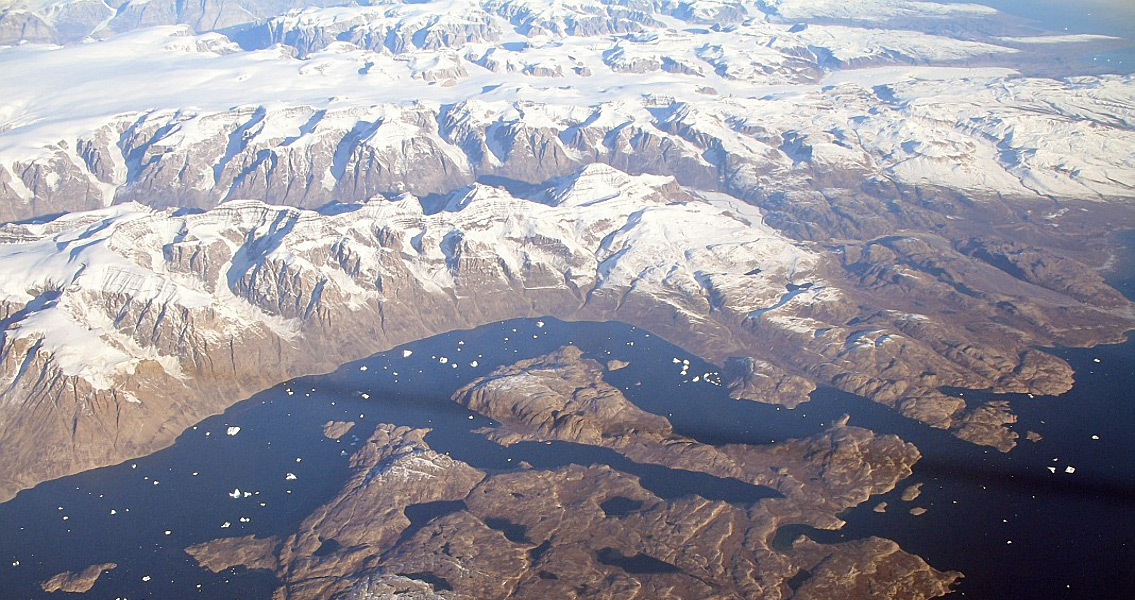<![CDATA[Scientists have traditionally believed that the reason Greenland was colonised around 1000 CE was farming. Arable land in Scandinavia at the time must have been in short supply, this traditional view goes, so the Vikings went north in search of new lands to grow crops on. A new study, however, is challenging this view with an alternative explanation: walrus ivory. According to the authors of the study, an international team of archaeologists, new finds of walrus bones and ivory in Iceland suggest extensive hunting of the animals at the time. This is not so much of a surprise, given the value of walrus ivory and the hide of the animals from which rope was made at the time. What is perhaps surprising is that the team also found evidence in Greenland of long-haul hunts for walruses in the area of Disko Bay, where the animals bred prolifically. The hunters brought back to their settlements ivory and hides, which were then traded in Europe. Ivory in the early Viking Age was a particularly precious commodity, the study’s authors note. It was much sought after, whether it came from elephants or walruses. Yet, after the Muslim invasion of North Africa, the supply of elephant ivory sharply declined and it was walrus tusks that became the dominant source of the material. In other words, as Mental Floss website puts it, the Vikings hunting walruses in Greenland had the ivory market in Europe pretty much cornered for a while. Lead researcher Thomas McGovern from City University of New York, says the farming hypothesis about the population of Greenland in the early Viking Age suffers from a major flaw and this is simply the availability of arable land in Greenland. It was certainly in short supply in Iceland but there wasn’t much more of it in Greenland, so it is highly questionable that people would have left Iceland and gone further north in order to just farm. Farming, however, could have served to sustain the life of the hunter settlers, who spent between 15 and 27 days on the hunt. This conclusion of the team is based on written accounts and archaeological evidence, and it reinforces the suggestion that farming was not the main activity of the Greenland settlers, not least because every walrus hunt involved most of the able-bodied men in the community as well as most of its resources. In other words, there was just not enough manpower or resources to engage in large-scale farming. The difficulties of walrus hunting were worth the effort, the researchers write in their paper, published in World Archaeology. Dates on ivory artefacts from the early Middle Ages discovered in Scandinavia, Britain and elsewhere in Europe correspond to the period of active settlement in Greenland. In terms of value, written accounts from the time reveal that one single load of 520 walrus tusks that was sold in Norway in 1327 was valued at 780 cows or 66 tonnes of fish. In addition to the revenues, the Greenland settlers also used the animals’ hides to make rope, and their blubber as lighting fuel. This golden era for the Greenland settlers ended when demand for goods in Europe shifted towards things like cloth and fish, and new competition emerged. Without their primary source of income and with no realistic alternatives, the Greenland settlers were forced to leave the island. For more information: Was it for walrus? Viking Age settlement and medieval walrus ivory trade in Iceland and Greenland. Image courtesy of Wikimedia Commons user: Turelio ]]>
Ivory May Have Driven Greenland Colonisation
